STRATEGIC GOVERNANCE AND STATECRAFT: THE KOPRULUS IN OTTOMAN POLITICAL EVOLUTION
The seventeenth-century political and administrative changes in the Ottoman Empire were significantly influenced by the Köprülü family. Their leadership signaled a dramatic reorganization of vizierial power, and they rose to prominence in the face of extreme volatility. The Köprülü household effectively restored the power and autonomy of the grand vizierate in 1656 with the appointment of Köprülü Mehmed Pasha and his son Fazıl Ahmed Pasha. This helped to consolidate central authority and prevent factionalism inside the palace. In addition to territorial growth and military revival, their almost fifty-year term was marked by institutional stability. A delicate but efficient balance of power at court was made possible by the Köprülüs and Sultan Mehmed IV's strategic alignment, especially with Hadice Turhan Sultan's support.
EMERGENCE OF LEGACY
From humble origins, the Köprülü family was born. The patriarch, Köprülü Mehmed Pasha, was from the northern Anatolian town of Köprü (now Vezirköprü). Because of his administrative skills and military savvy, he was hired through the devşirme system and advanced through the palace levels. His social standing was further raised by his calculated marriage to Ayşe Hanım, a local voyvoda's daughter. By the middle of the 17th century, when the political system was in ruins due to court intrigue and revolt, Köprülü Mehmed Pasha had become a strong and unyielding leader who was ideal for reestablishing central control.
Sultan Mehmed IV's mother, Hadice Turhan Sultan, helped him ascend to power by seeking a powerful grand vizier to bring order back to the empire after seeing how bad things were. She established a new governmental structure in 1656 when she gave Köprülü Mehmed Pasha complete authority, giving the grand vizier hitherto unheard-of independence.
BECOMING A POWR SOURCE
Many people consider the years 1656–1703 to be the "Köprülü Era," an era of administrative reform, military revival, and political stability. Restoring the vizierate's power and eliminating dishonest officials and dissident military groups were Köprülü Mehmed Pasha's first achievements. Turhan Sultan famously agreed to his demand for total authority as a condition of taking the position.
In 1661, he was replaced by his son, Fazıl Ahmed Pasha, who carried on the family tradition. Despite his reputation for being more forgiving than his father and having had an education in theological studies, Fazıl Ahmed commanded a number of successful military battles, including the conquest of Candia from the Venetians and victories against the Habsburgs and Poland. The empire saw a brief but noteworthy revival as a result of this revival of conquest.
Merzifonlu Kara Mustafa Pasha, the son-in-law of Fazıl Ahmed, headed the empire after him but failed at the crucial Siege of Vienna in 1683, a military disaster that signaled the start of Ottoman territorial retreat. However, the Köprülü family's power did not instantly diminish even after this setback. Fazıl Mustafa Pasha (1689–1691) and Amcazade Hüseyin Pasha (1697–1702) both served as grand viziers and played instrumental roles in maintaining administrative efficiency and leading military campaigns
ADMINISTRATIVE AND MILITARY SIDE
Through the establishment of a devoted and effective home network, the Köprülü viziers brought vitality to the Ottoman government. Sons-in-law, family members, secretaries, military commanders, and provincial governors were all part of the household (kapı) system, which was confined to the Köprülü center of authority through patronage. These networks spread throughout the provinces and were crucial to the reorganization of the empire's government.
The viziers also implemented reforms in taxation and provincial governance, seeking to streamline revenue collection and reduce abuses. Their long terms in office—unlike the rapid turnover of earlier years—allowed them to stabilize the bureaucracy and plan multi-year military campaigns. As noted in Ottoman chronicles and modern historiography, the Köprülü era represents a rare phase of coherent governance in a time otherwise marked by factionalism and chaos.
PROMINENT FIGURES FROM GRAND Viziers
Mehmed Pasha Köprülü (r. 1656–1661): Mehmed Pasha, who was notorious for his brutality and unyielding approach, led wars against Venice and dissident regions and restored authority over a tumultuous government.
Pasha Fazıl Ahmed (r. 1661–1676) : He encouraged academic and religious education while enlarging the empire's realm. Ottoman prestige was recovered by his wars in Poland, Hungary, and Crete.
Mustafa Pasha, Merzifonlu Kara (r. 1676–1683): He was in charge of the disastrous Siege of Vienna. Up to his execution, he was still one of the most influential political personalities in spite of the catastrophe.
Mustafa Pasha Fazıl (r. 1689–1691): He made an effort to bounce back from the defeat in Vienna and achieved some noteworthy triumphs before losing his life in combat.
Hüseyin Pasha Amcazade (r. 1697–1702): The final important Köprülü vizier, he helped keep the peace when the empire entered the 18th century and negotiated the Treaty of Karlowitz.
Numan Pasha Köprülü (r. sporadically in the early 1700s): During his term, Köprülü's influence began to decline. He was a grandson of Mehmed Pasha.
LEGACY GETTING INTO HISTORY
The execution of Merzifonlu Kara Mustafa Pasha and the disastrous defeat of the Siege of Vienna in 1683 marked the beginning of the Köprülü family's slow rather than sudden collapse. Despite the importance of individuals such as Fazıl Mustafa Pasha and Amcazade Hüseyin Pasha, the family's political power gradually diminished. Their hold on imperial affairs was eroded by a confluence of military defeats, the disintegration of their networks of patronage, and the emergence of rival court groups. The Köprülüs were further marginalized by changes in the balance of power at the court, especially with the overthrow of Sultan Mehmed IV and the waning of grand vizierial authority under succeeding sultans. However, their legacy persisted. Temporary rejuvenation, administrative efficiency, and disciplined governance were the hallmarks of the Köprülü period. In addition to restoring order during a crisis, historians now view them as transitional leaders who contributed to the Ottoman state's transformation into a more practical and bureaucratic organization. In an era of fragmentation and transition, their focus on domestic politics, reformist fervor, and strategic statecraft made a lasting impression on the institutional memory of the empire and provided a model, albeit a temporary one, for centralized, capable rule.
About the author:
ABDUL BASITH is a PG scholar at Darul Huda Islamic University. He is studying in the Department of Aqeeda and Philosophy. B.A SOCIOLOGY student at IGNOU.
REFERENCE
Bekar, Cumhur. The Rise of the Köprülü Family: The Reconfiguration of Vizierial Power in the Seventeenth Century. PhD diss., Leiden University, 2019.
Peirce, Leslie. The Imperial Harem: Women and Sovereignty in the Ottoman Empire. Oxford: Oxford University Press, 1993.
Kunt, Metin. “The Köprülü Years, 1656–1661.” PhD diss., Princeton University, 1971.
Shaw, Stanford J. History of the Ottoman Empire and Modern Turkey. Vol. 1: Empire of the Gazis: The Rise and Decline of the Ottoman Empire. New York: Cambridge University Press, 1976.
"Köprülü Family." Encyclopædia Britannica. https://www.britannica.com/topic/Koprulu-family.
Disclaimer
The views expressed in this article are the author’s own and do not necessarily mirror Islamonweb’s editorial stance.

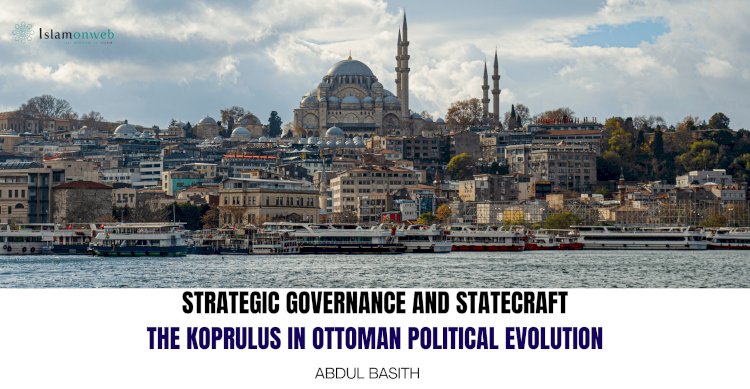


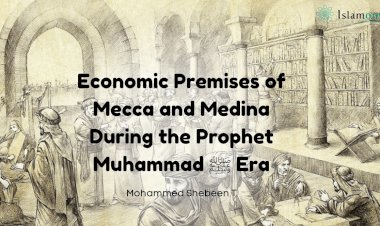



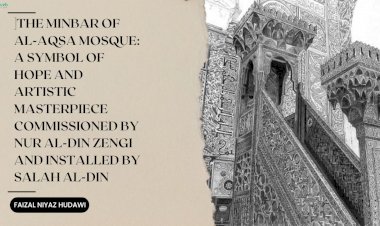
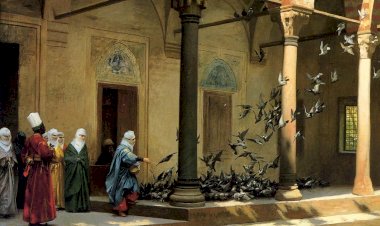












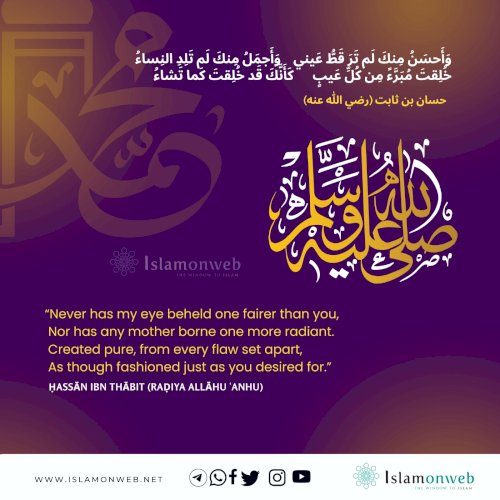

Leave A Comment